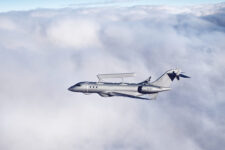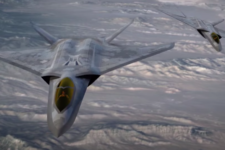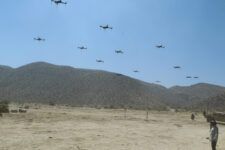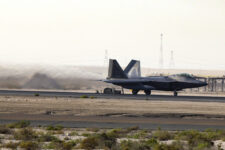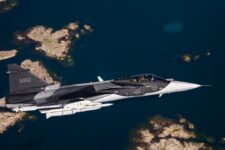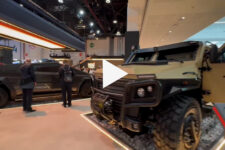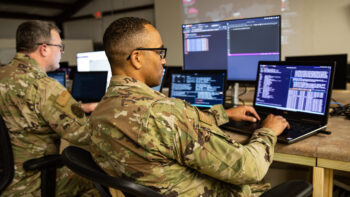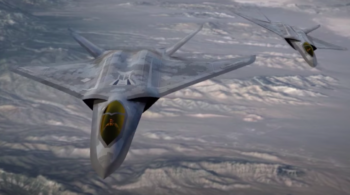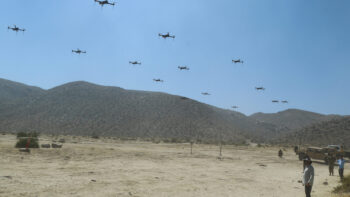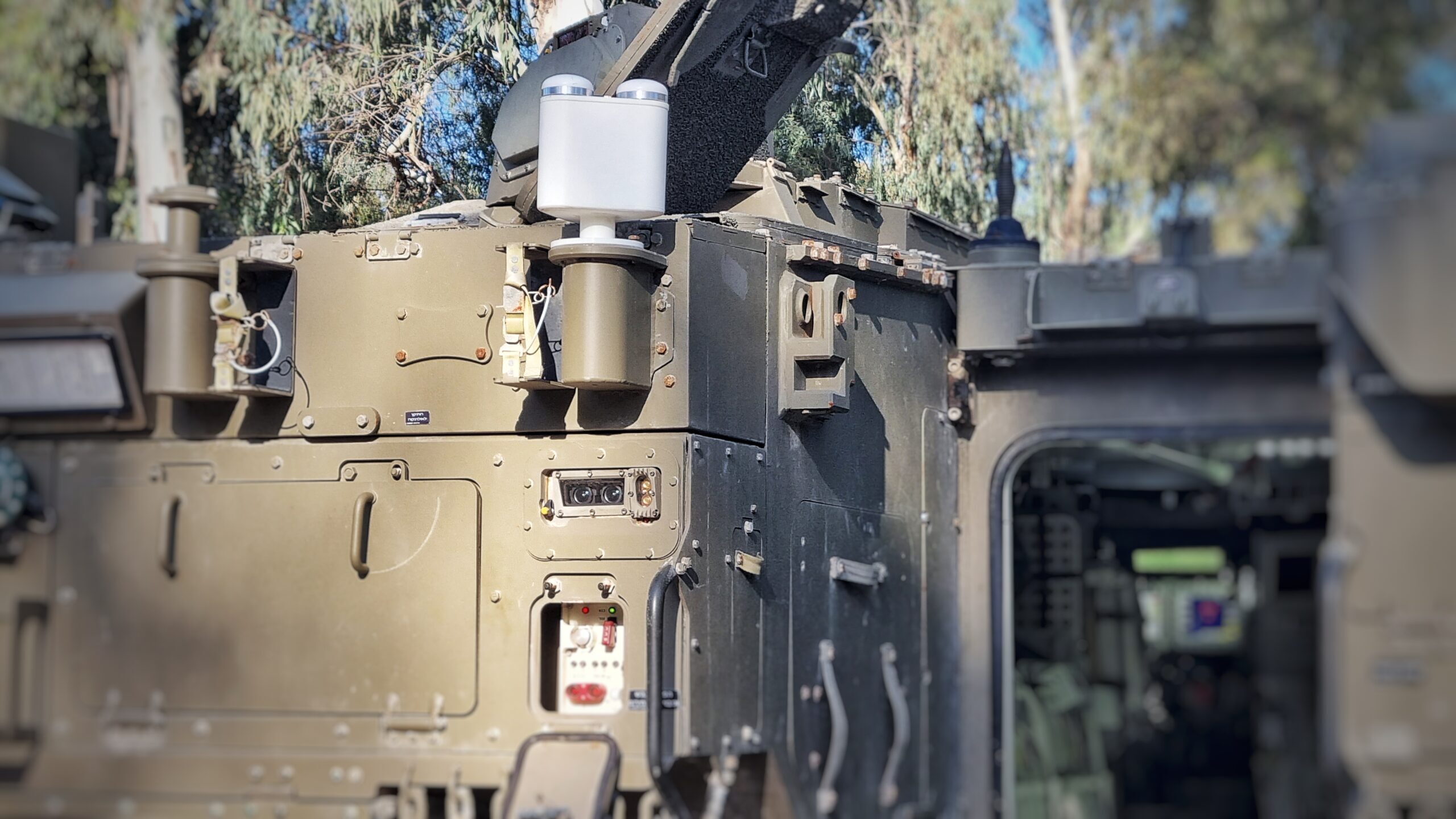
A Regulus ARM-V system, mounted on the side of a truck. (Courtesy Regulus)
JERUSALEM — Israeli firm Regulus Cyber, which makes counter-unmanned aerial systems solutions, recently unveiled its ARM-V, a system that is designed to protect armored vehicles and troops from drones using electronic warfare.
The company said in a statement the technology is based on its Ring C-UAS solution that is the “first combat-proven system to manipulate satellite signals to intercept drones, UAS and swarms.”
Regulus said ARM-V has been operational for two years, and in the last several months the system has been integrated with armored vehicles in parallel with a project with a “leading western army.” Like many Israeli defense companies, Regulus does not provide the name of the specific country, nor did it detail how the ARM-V has been used operationally in the past 24 months.
Small drones are increasingly used on the modern battlefield, a phenomenon that has been seen in Ukraine and other recent conflicts in Iraq, Syria, and elsewhere, driving a surge of interest in counter-drone, or c-UAS, systems.
RELATED: When facing electronic warfare in Ukraine, small drones’ quantity is quality
Yonatan Zur, CEO and co-founder of Regulus, told Breaking Defense the ARM-V is designed to manipulate Global Navigation Satellite System (GNSS) used by small drones for navigation. GNSS refers to satellite-based navigation services, of which American GPS is the most prominent. (China, Russia, the European Union and others have their own GNSS systems with different names.)
Zur explained that basically, “We take over the receiver and, because the receiver is important part of controller, we can fly [the drone] and give it fake locations to go to.” That means the system is designed to push back a threatening drone, put it on hold or divert it.
“Today there is no solution that really fits an armored vehicle,” he said. “Most solutions need a lot of [space] to put it and power consumption and many antennas, and usually you need an operator to run the system.”
To overcome those hurdles, and in describing the evolution of the system, Zur said, “we took [it] and turned it into a system tailored toward needs of battle tanks and armored vehicles.” The system is contained in a kind of box, just over one foot by one foot in size, with a small antenna that Zur says provides an invisible bubble of EW protection around the vehicle. It also has “a strong beam upwards, so imagine the antenna looking upwards, you get a cone above the vehicle, so it eliminates anything from stopping above up to 15-20,000 feet while also providing an omni-bubble protection.”
The system has two power modes, one for a small area of protection around the vehicle, around 150 meters and 1.5 kilometers extending upwards, and another where Zur claimed “you get full power that can reach seven kilometers, in a situation where you don’t know what is going and there is a swarm of suicide drones coming at battalion or platoon and everyone is protected up to 15-20,000 feet.”
ARM-V can be networked with its own command and control interface or automatic mode, “which integrates with Regulus Ring R1 internal RF drone detection software, or any other detection capability,” the company said. It can be adjusted to a manual, automatic or partly automatic setup, which kicks in when a threat is detected. The normal mode provides a small protection bubble around the vehicle or convoy, that doesn’t interfere with a large area.
Beyond the ARM-V, the company is researching future threats, such as drone threats that don’t rely on GPS, and is also working on a man-portable option that would be more lightweight, though the company says the current system can be packed and placed in a backpack in its current 15-pound configuration. The company has a plan for a product about half the size and third of the weight that they estimate will be available in 2024.
Regulus says it’s presenting the system to NATO members and partners with other large Israeli defense companies, as well as other western defense companies.



